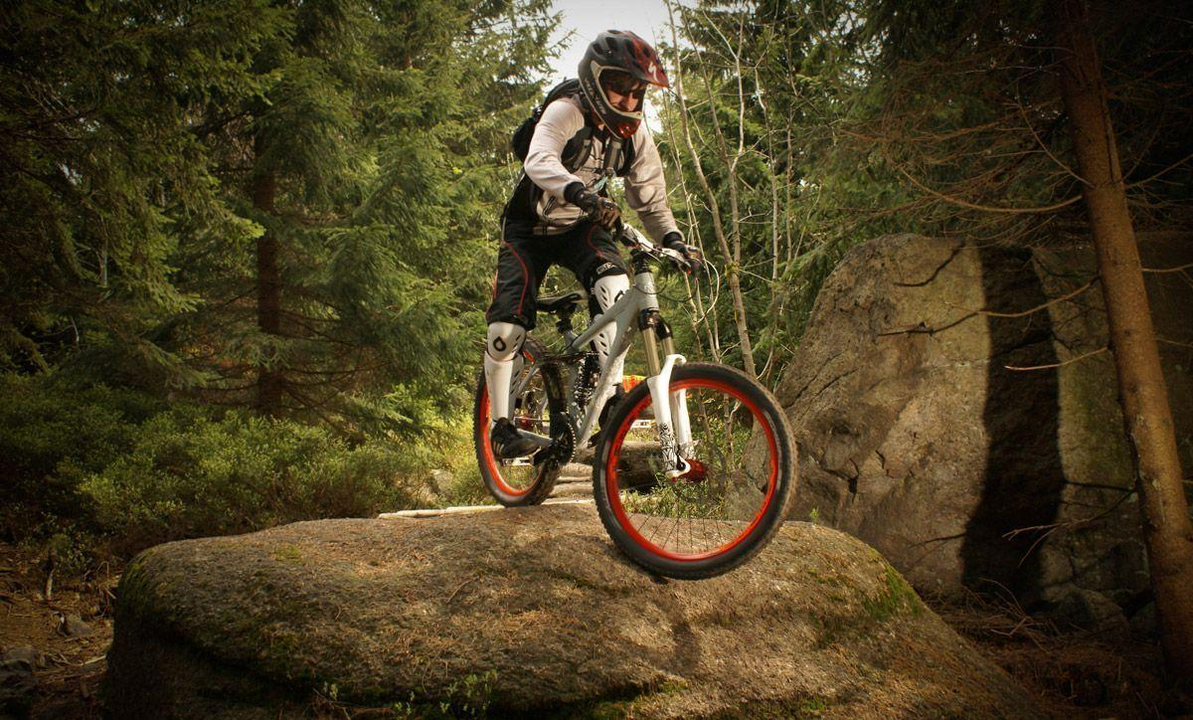Destruction in Sports and Daily Life: What You Need to Know
Ever felt a sudden jolt while cycling or a sharp pain after a jog? That’s destruction in action – the body’s response to stress, overload or a crash. Understanding how it works helps you spot problems early and protect yourself before a minor issue becomes a big setback.
Spotting the Signs Before They Worsen
Most people ignore the first twinge of discomfort. In reality, that twinge is the body’s alarm bell. If you notice swelling, bruising, or a persistent ache after a ride or run, treat it as a warning. Quick ice, compression and a short break can stop the damage from spreading. Ignoring it often leads to longer recovery times and more intense pain later.
Another red flag is a loss of control while riding. A wobble, sudden brake, or a slip on a loose surface can turn a normal ride into a crash. Even a minor fall can cause hidden injuries like a sprained ankle or a strained wrist. Check your gear, especially bike brakes and tyre pressure, before heading out – a small tweak can prevent a big tumble.
How Destruction Affects Your Performance
When destruction strikes, it doesn’t just hurt; it also messes with your rhythm. A sore calf might make you shorten your stride, which then puts extra load on your knees. That chain reaction can lead to new injuries, creating a cycle of destruction that hampers your progress.
Keeping a training log helps you spot patterns. Note each session’s intensity, how you felt afterward, and any pain. Over time you’ll see which workouts push you too far and which recovery strategies actually work. Adjusting your plan based on those notes saves you from the hidden costs of over‑training.
Beyond the physical, destruction also takes a mental toll. Fear of another crash can make you hesitant, and that hesitation often translates into poor form or slower reaction times. The best antidote is confidence built on preparation: proper warm‑ups, safety gear and realistic goals.
In short, destruction isn’t inevitable – it’s a signal that something needs attention. By listening to your body, checking your equipment and staying mindful of your limits, you can keep the damage low and the enjoyment high. So next time you feel that nagging ache or a momentary wobble, pause, assess and act. Your future self will thank you.



